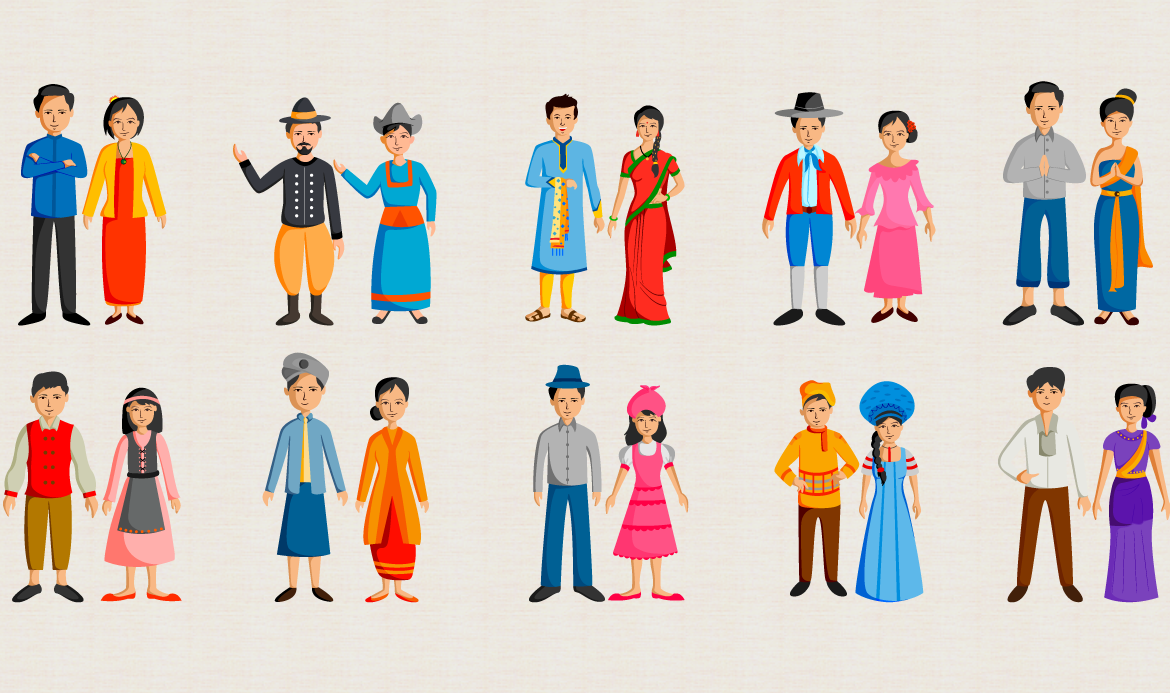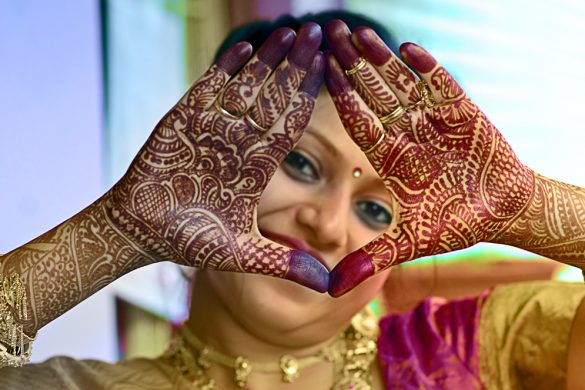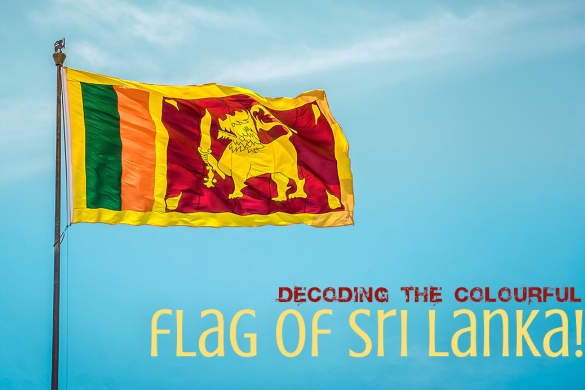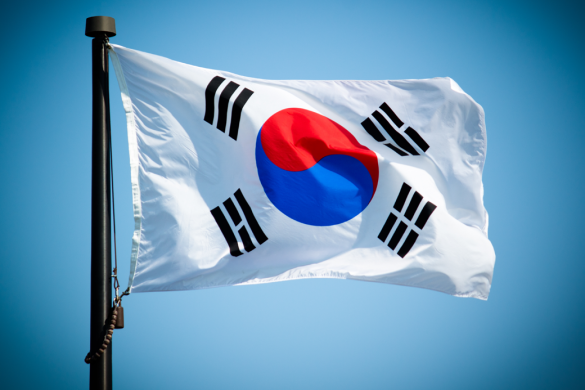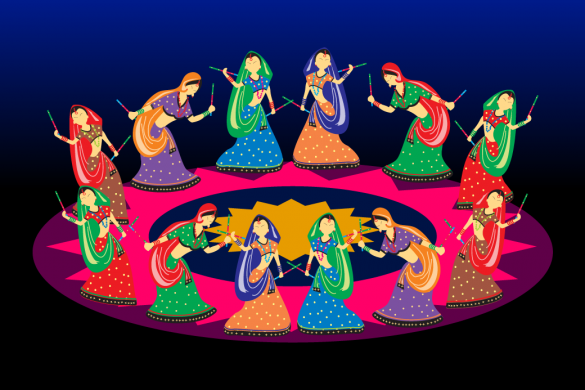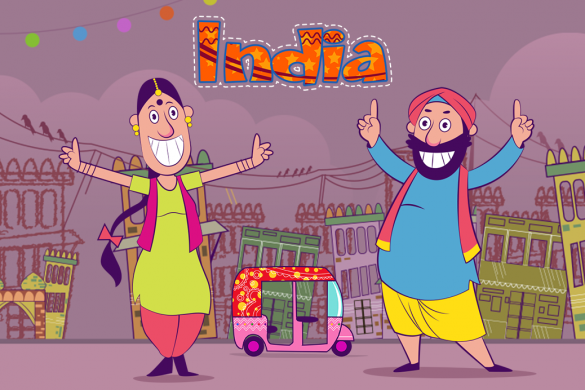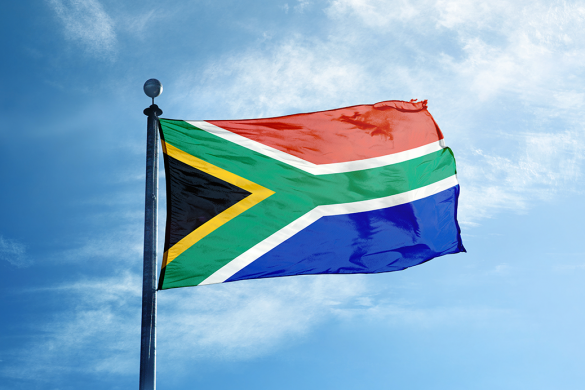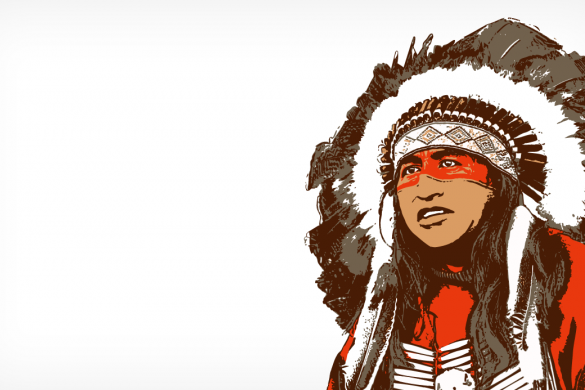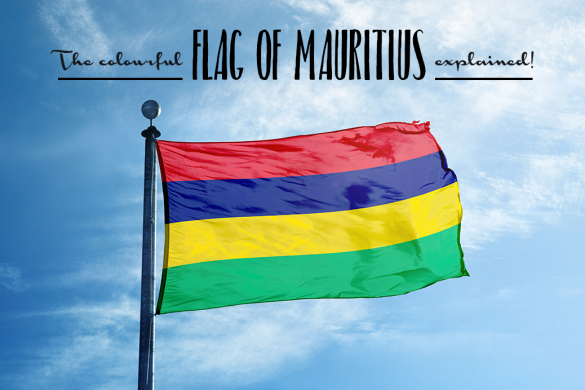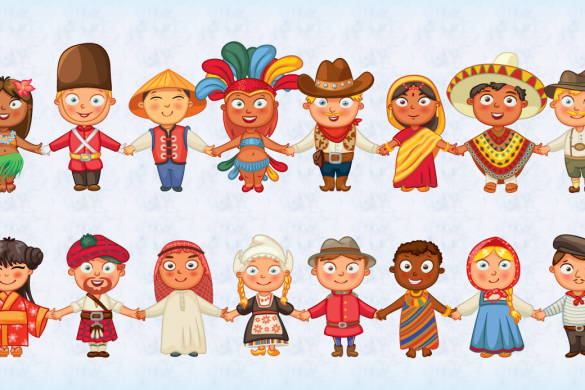Last time we picked three vibrant shades and told you about their significance in various cultures. It’s fascinating to see how the region you’ve been brought up in dictates the manner in which you look at a particular shade, be it a painted wall or a celebratory dress. This time, we’re picking colours that inherently have a subdued attitude attached to them. The favourite of millions, you’ll still find plenty retractors for Blue, Black and White.
Blue
Eastern and Asian Cultures
The colour blue is associated with immortality in Iran, China, and other far eastern Countries. India relates a light blue shade to Lord Krishna, thereby lending it religious significance. Korea views it as the colour of mourning while Thailand attaches no importance to it.
Western cultures (North America and Europe)
The western world associates blue with trust, authority and conservativeness. It is the predominant colour used by corporates and is seen as peaceful and calm too. “The blues” also signifies depression, and popular culture views it as a masculine colour.
Middle East
Countries like Iran view this colour as one of immortality, heaven, spirituality and mourning. The rest of the Middle Eastern countries mostly see blue as a colour of protection. It is also a coat of arms in Israel.
Latin America
Mexico believes blue to be an ambivalent shade, associating it with mourning on one hand, and trust and serenity on another.
Around the World
Blue is mostly attached to feelings of quietness, melancholy and conservativeness.
Black
Eastern and Asian Cultures
Eastern countries view black as the sign of wealth and prosperity which is completely opposite to the Indian subcontinent which sees black as a dark, negative colour. Japan sees it as a feminine colour – deep, mysterious and alluring; while Thailand associates it with bad luck.
Western cultures (North America and Europe)
The west perceives black as a colour of threat and rebellion. They associate it with death and funerals, power, intimidation and control. In recent times, it has been seen as elegant and the mark of high fashion.
Middle East
The Middle East isn’t very different from the west in this case viewing it pretty much the same way – as a symbol of mourning, death and mystery.
Latin America
Latin Americans consider black to be a strictly masculine colour. They also view it as the colour of mourning.
Rest of the World
Black is thought of as the colour of mystery, allure, angst and witchcraft almost everywhere in the world.
White
Eastern and Asian cultures
White is viewed as the colour of death in the east. It is worn at funerals to depict grief, the afterlife and mourning. White also represents sterility, unhappiness and misfortune. In China, white depicts age and humility too.
Western cultures (North America and Europe)
Opposing the eastern culture, white here is the colour of purity and peace. It is the colour of a bride’s wedding dress, signifying her innocence and purity. White is also used to represent hospitals since it seems like a sterile colour. Although in Italy, white is used for funerals.
Middle East
Both purity and mourning are associated with white in the Middle East. Iran sees white as a symbol of holiness and peace, while in Egypt, wearing white is a sign of a person’s high ranking status since it is associated with purity and richness.
Latin America
Latin American countries attach almost the same importance as other western countries. The colour white, to them, means purity, peace, and a bride’s innocence.
Rest of the World
The White Flag is a popular symbol of peace; it is also seen mostly as the colour of peace and trust.
This brings us to the end of part 2 in our Culture and Colour series. There are so many shades in the colour wheel and a broad spectrum of hues in each section. Which one calls out to your roots?
